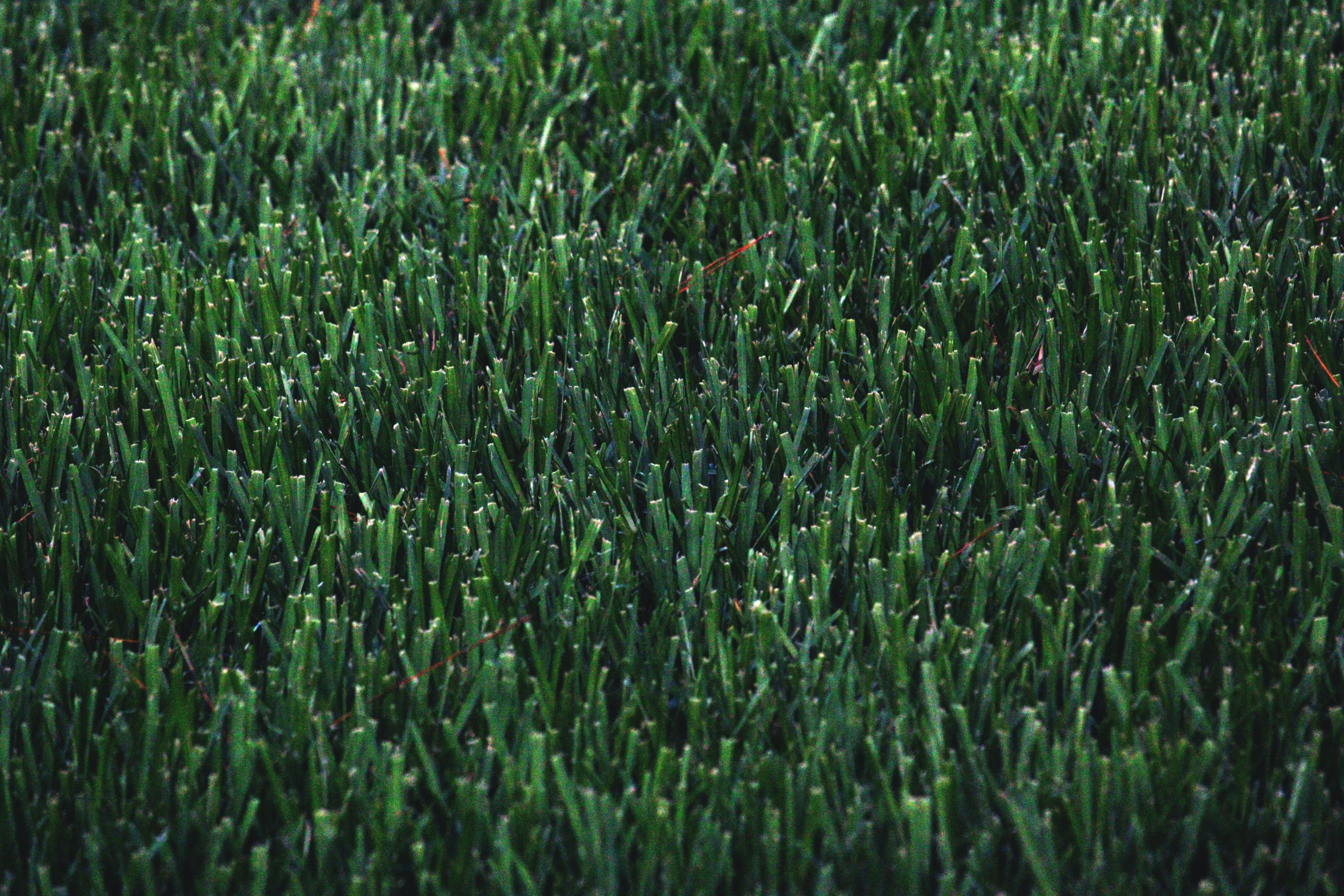Give yourself a break and help bees and other pollinators at the same time. Conservationists are encouraging people to keep the lawnmower in the shed for a few more weeks and let the bees, butterflies and other pollinators take advantage of the wildflowers sprinkled across the lawn.
What is No Mow Monday?
No Mow Monday is a concept that originated in the United Kingdom a few years back. It’s now catching on across North America. While not everyone loves the idea, some even saying it turns beautiful neighborhoods into eyesores, others are embracing the concept at a time when native bees are struggling with the loss of habitat.
Conservationists say even going one month without mowing can make a difference, ecologically.
Lawns cover 40 million acres, or 2% of land in the U.S., according to Bee City USA. That makes turf grass the most irrigated crop in the nation and, at the same time, providing little to no benefit to wildlife. It offers no floral resources when mowed regularly. And since turf grass is often treated with pesticides, it can be harmful to bees and other invertebrates.
So Many Bees
The University of Florida’s Institute of Food and Agricultural Sciences, or IFAS, states that there are 315 species of native wild bees in Florida, all relying on flowers for survival.
Related: How To Fill Your Yard With Native Florida Plants
“Recently reported declines in some bee species have heightened awareness of bee conservation across the United States and motivated efforts to increase floral resources for bees,” IFAS extension reports. Pollen is an essential food source for bees, so if considering a bee-friendly lawn, choose plants with flat flowers or short tubes, such as honeysuckle.
Why now?
Refraining from mowing this month allows flowers to bloom, which helps early-season pollinators, Bee City USA states. Last year, the movement to spread across the U.S. It is an easy way to get more people involved in pollinator conservation.
Several studies show that reducing mowing frequency not only benefits bees and butterflies but grasshoppers and other insects. In central Kentucky, researchers found that 26 bee species visited dandelion and white clover on suburban lawns. In Massachusetts, researchers found 93 species of bees attracted to lawn flowers. The greatest diversity was on lawns mowed only every two or three weeks.
Bee-Friendly Lawns
A bee-friendly lawn may include the addition of white clover and other low-growing flowering plants, according to UF. Not all have to be located in the grass. Some can be planted in garden flowerbeds, for example. But in the grass, some flowers will pop up on their own.
Lawns to Flowers recommends varieties of grasses including blanket flower, dune sunflower, blue mistflower, and coreopsis.
The University of Minnesota’s extension service recommends these plant traits for bee-friendly lawns:
- low growing adapted to being mowed
- low-growing flowers
- tolerant to foot traffic
- provide nectar and pollen
- moderately competitive with turf grass
- Have a perennial life cycle, meaning they live for more than a year.
“Once you have a good idea of which plants you want in your bee lawn, the next step is to decide when to establish it and which establishment method to use,” Minnesota extension states. “Based on the experiences of UMN researchers, the best times to establish are spring or late fall, and the methods are either overseeding or renovation.”
Once the plants have reached five to six inches, it is okay to mow, but only the top one-third of the turf and flowers. Mow only every two to three weeks, depending on the season.




























